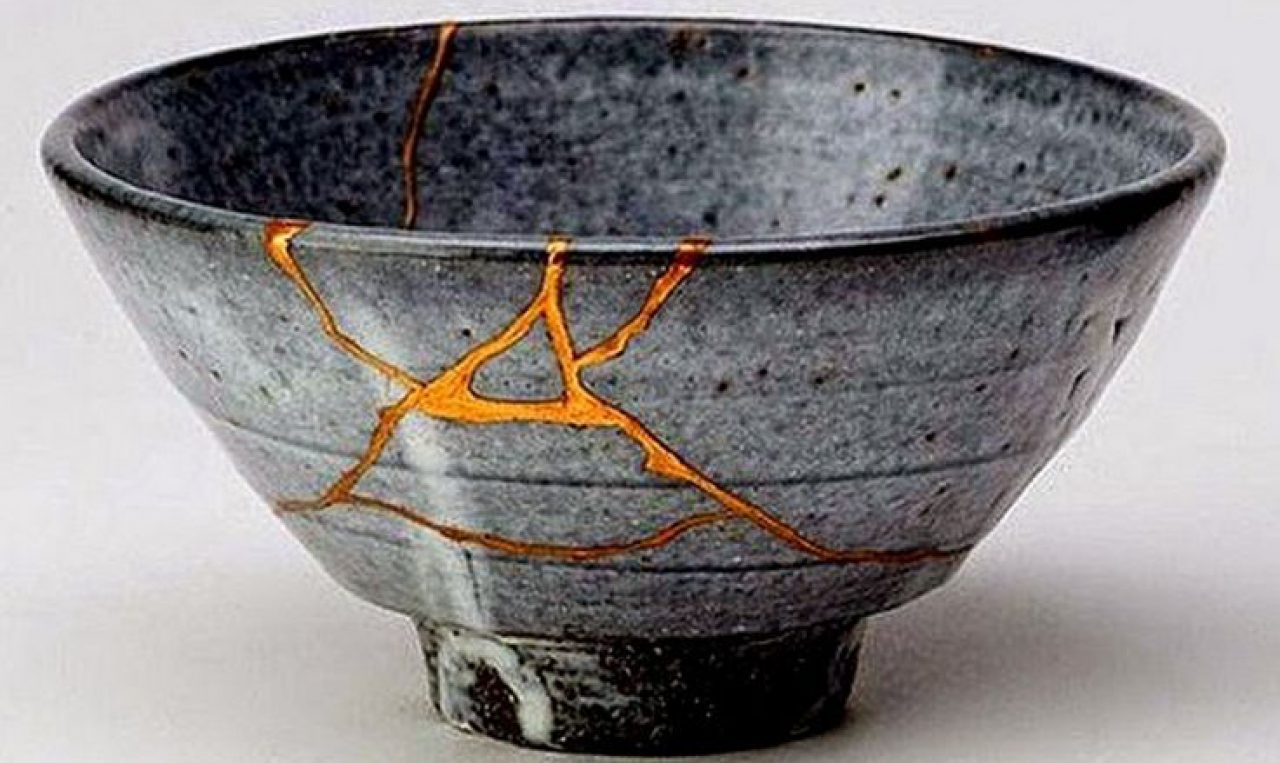Renowned author Jodi Picoult asks, “Why are we the only first world country that still has capital punishment? Is it because we’re too afraid to really examine the system?” America’s ongoing debate over the legality of the death penalty divides so many people that it may as well be called a civil war. While justice systems battle over the merits of restorative versus retributive sentences, Spelman’s Repair never mentions perhaps the most extreme version of each: a life in prison versus the loss of one’s life by lethal injection, electrocution, gas chamber, firing squad, or hanging. Spelman’s definition of repair in the courts constitutes repairing the wrong done between perpetrator and victim(s), yet capital punishment tears at the very fabric of ‘mending’ even as some advocate for it as the ideal solution or the ultimate justice that can be offered to a victim’s grieving family.
The death penalty is a blight on American society because it denounces mercy. Its mere presence as a sentencing option challenges the rights of the accused; the trial itself presents the accused as irredeemable, inexcusable. The damage the perpetrator has done—either aggravated murder, treason, or the combination of a felony and murder—is irreparable, but capital punishment declares that he or she is, too. Spelman lists myriad repairing words and juxtaposes them with words of disrepair:
Use: renewal, redemption, reconciliation, salvation, compensation, consolation…in their stead…break, rupture, unredeemed, unmendable, untreatable, unsalvageable, irreconcilable… (p. 27)
Thus, if justice is supposed to be a source of redemption, how can the murder of a murderer, “an eye for an eye,” be anything but irredeemable and in complete antithesis to Spelman’s sanctified salvation? State governments argue for the families’ sense of retribution, explaining that the death of a loved one makes them eager for revenge. Revenge is easily understood to be a feeling that opposes reconciliation, and the sour taste it leaves in one’s mouth when the deed is done is no real compensation for such tragedy. Spelman writes that retribution was once “resorted to with regret” (p. 60), so where did American sentiment go awry?
Over 1000 people have been executed in the United States since 1976, and over 3000 inmates currently reside on death row (statisticbrain.com). The African concept of ubuntu “focuses on the interconnectedness of people that makes harm to any harm to all” (p. 67) and is the backbone of the restorative justice system; but the death penalty ignores this humanistic concept in its reliance on Hammurabi’s ancient code.
Not only does capital punishment rupture ties within a society, but it shatters relationships between people, and it really does echo the Civil War with proceedings clearly biased by individual and institutional racism. Black men are disproportionately more likely to be sentenced to death: “a person convicted of the same crime is more than three times more likely to be sentenced to die simply because the crime was committed in a predominantly white…area” (The Impact of Legally Inappropriate Factors on Death Sentencing for California Homicides, 1990-1999, Pierce and Radelet). States with long histories of extensive racial segregation, especially those in the south such as Texas, Tennessee, and Alabama, are some of the only states that remain vehemently insistent on maintaining the death penalty. The legal method of hanging is reminiscent of the Jim Crow era. Spelman mentions the failure of consistency, and thus of justice, in a legal system where “assaults on white victims are prosecuted much more ferociously than those on Blacks” (p. 69). While less than 30 percent of homicide victims are White, over 80 percent of executions have been performed on those convicted of killing Whites (Pierce and Radelet).
This persistent racial disparity should not be remedied by increasing the use of the death penalty for White perpetrators who also “deserve” them. In a humane society, no one deserves them. Although some offenders’ crimes are severe and injurious to both individuals and the social fabric, a humanitarian version of retribution would ideally have the perpetrator suffer in prison, not literally lose his or her life, which some may consider a release from blame. Similarly, restoration happens when the families of victims are supported and provided assistance that enables them to forgive, mending their own frayed souls, or at least when they can seek comfort—and thus ease some pain—knowing the perpetrator has lost the privileges of a free life.
Repair, therefore, is more prevalent and effective when capital punishment is absent as an option. Millions of dollars have been saved in states and countries where a life sentence is given in lieu of death. In America, “The War on Crime” could focus its efforts on rehab services and mediation rather than violence that ultimately makes more violence, because no state where the death penalty is legal actually has less murder than those where it has been abolished. So let us restore a broken justice system by abolishing capital punishment, thus strengthening Spelman’s “fragile world.”
